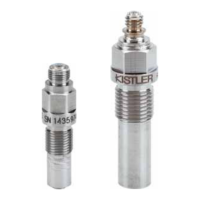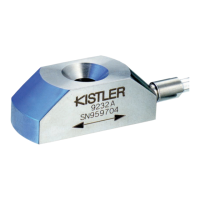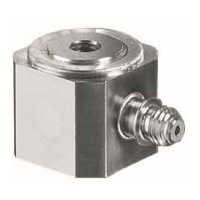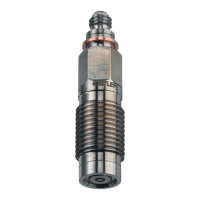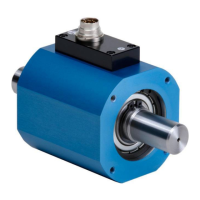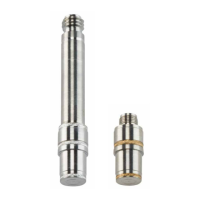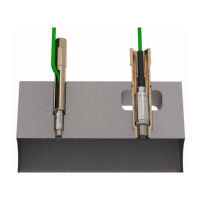Why does Kistler 9215A charge amplifier reach the limit during measurement?
- DDiane HarrisonAug 6, 2025
The charge amplifier may reach its limit because the force being measured is too high for the selected measuring range. Try selecting a wider measuring range on the charge amplifier. Alternatively, the input stage of the measuring instrument could be defective, requiring the MOS-FET or operational amplifier in the measuring instrument input stage to be exchanged.
